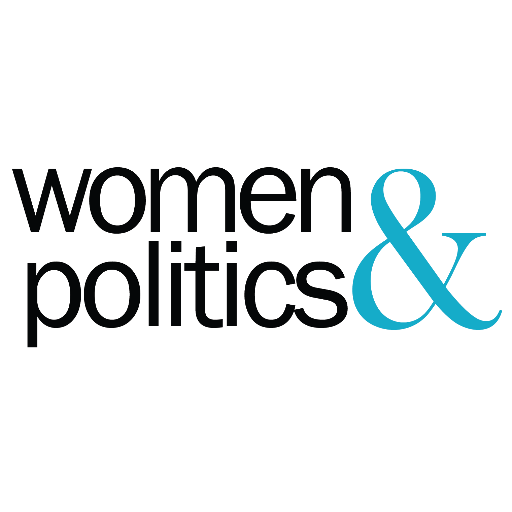Women in Politics

Krishnendu Nair is 20-year-old law student intent on improving the justice-delivery system of the country. She believes that even the smallest unit of a society holds the power to profoundly transform a community. She enjoys spending time with children and getting to know the world from their perspective. In her free time, she’s most likely be found in the company of books, surfing online content or watching documentaries that unveil hard-hitting realities of life.
Women in Politics
“In politics, if you want anything said ask a man. If you want anything done, ask a woman.”
-Margaret Thatcher (First women Prime Minister of Britain)
Almost a century has gone by since the first major protest by women took place in the world’s most powerful country- a fight for the Right to Vote in America. Ironically, though the picture today has changed in theory, it remains grim in practice. Around the world, women’s participation in politics and leadership is highly disproportionate given their percentage share in population.
They are underrepresented as voters and are almost non-existent as leaders despite their proven efforts in the past. In 2011, UN General Assembly adopted a resolution on women and political participation wherein they noted, “Women in every part of the world continue to be largely marginalized from the political sphere, often as a result of discriminatory laws, practices, attitudes and gender stereotypes, low levels of education, lack of access to health care and the disproportionate effect of poverty on women.”
According to Inter-Parliamentary Union (IPU) and UN Women, while progress on women’s political participation continues to be largely positive across the world, glass ceilings remain firmly in place for women at the highest levels. The 2016 IPU’s global report titled, ‘Sexism, Harassment and Violence Against Women Parliamentarians’, shows how almost two-thirds of women parliamentarians surveyed said they had been repeatedly targeted by humiliating sexist remarks during their terms; 45% had received threats of death, rape, beatings or abduction.
When a woman enters into political arena, her policies and ideas are overshadowed by her physical appearance. Take for example, U.S Presidential elections of 2016. The Democrat Presidential candidate, Hillary Clinton was routinely called a bitch and a witch on social media. Her outfits and hair were also subjected to serious discussions on Twitter. Same is now the case with Kellyanne Conway who is a senior advisor to President Trump.
Though this may out rightly not be visible in Indian politics, there is no denying that the competence of a woman politician often becomes secondary to her ‘looks’ or dressing sense. In January this year, a senior BJP leader found himself in the midst of controversy when he said that his party had more beautiful candidates than Priyanka Vadra of INC.
In India, since its inception, the Constitution has put women on equal footing as men or more precisely has granted them higher rights than men under Article 15(3). This protectionist approach is like a double edged sword: aiding in their emancipation but at the same time making them fall short of realizing their true potential. Women have been granted one-third reservation of seats in local bodies and Panchayats which has encouraged a handsome number of rural women to come out of their ‘shells’. On a less comforting note, it is also possible that some women may take such opportunities for granted or worse, may even be reduced to puppets in the hands of their ambitious husbands.
Another aspect of this issue is that the subject of women empowerment finds its way in the election manifesto of almost all political parties but when it comes to granting party tickets to women candidates, parties shy away from their promises. Regarding the latest Uttar Pradesh Assembly elections, a recent survey by the Association of Democratic Records (ADR) claims that on the 403 seats there are 4853 candidates out of which women are just 9%.
Caste and class also act as deciding factors in participation of women in politics. Majority of women in Indian parliament are from elite caste. The position therefore held by former Chief Minister of UP, Mayawati is a matter of encouragement (being a Dalit woman in one of India’s highly communal states).
Education being the common solution for every problem is also required in increasing political participation of women. The government must increase expenditure on primary education of the country. Reservation for women at the grass root levels has already been granted in our country and in my opinion a serious discussion and debate in respect of reservation in Legislative Assemblies and Parliament is needed. Also, when a sexist or misogynistic comment is made against any woman candidate, strict action should follow immediately against the perpetrator.
Opinions expressed are of the writers.


